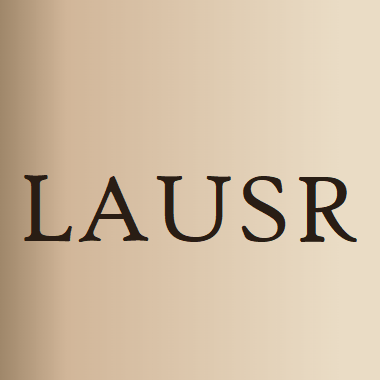
Phytotoxic macrolides attract attention as prototypes of new herbicides. However, their mechanisms of action (MOA) on plants have not yet been elucidated. This study addresses the effects of two ten-membered… Click to show full abstract
Phytotoxic macrolides attract attention as prototypes of new herbicides. However, their mechanisms of action (MOA) on plants have not yet been elucidated. This study addresses the effects of two ten-membered lactones, stagonolide A (STA) and herbarumin I (HBI) produced by the fungus Stagonospora cirsii, on Cirsium arvense, Arabidopsis thaliana and Allium cepa. Bioassay of STA and HBI on punctured leaf discs of C. arvense and A. thaliana was conducted at a concentration of 2 mg/mL to evaluate phenotypic responses, the content of pigments, electrolyte leakage from leaf discs, the level of reactive oxygen species, Hill reaction rate, and the relative rise in chlorophyll a fluorescence. The toxin treatments resulted in necrotic and bleached leaf lesions in the dark and in the light, respectively. In the light, HBI treatment caused the drop of carotenoids content in leaves on both plants. The electrolyte leakage caused by HBI was light-dependent, in contrast with that caused by STA. Both compounds induced light-independent peroxide generation in leaf cells but did not affect photosynthesis 6 h after treatment. STA (10 µg/mL) caused strong disorders in root cells of A. thaliana leading to the complete dissipation of the mitochondrial membrane potential one hour post treatment, as well as DNA fragmentation and disappearance of acidic vesicles in the division zone after 8 h; the effects of HBI (50 µg/mL) were much milder. Furthermore, STA was found to inhibit mitosis but did not affect the cytoskeleton in cells of root tips of A. cepa and C. arvense, respectively. Finally, STA was supposed to inhibit the intracellular vesicular traffic from the endoplasmic reticulum to the Golgi apparatus, thus interfering with mitosis. HBI is likely to have another main MOA, probably inhibiting the biosynthesis of carotenoids.
Journal Title: Toxins
Year Published: 2023
Link to full text (if available)
Share on Social Media: Sign Up to like & get
recommendations!